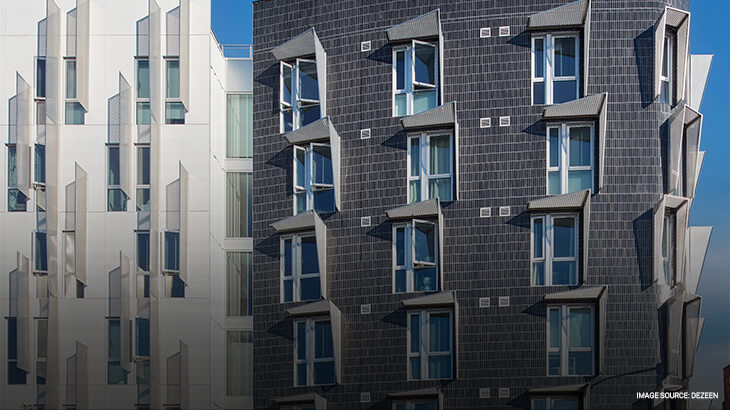As people are moving to cities in search of jobs and to pursue education, scarcity of land is driving up housing rental rates. This has brought forth the concept of smaller living spaces, also known as micro living or beehive living. Micro living is gaining popularity across urban centres in Europe, Japan, Hong Kong and North America. Typically known as a micro flat, it consists of a single, self-contained room.
Inspired by the pod hotels of Japan and Hong Kong, Haibu- a Spanish start-up company has introduced micro-living in Barcelona. Haibu- literally means a beehive in Japanese; and the company offers tiny living area or pods that include a bed and a nightstand with a shared kitchen, bathroom and terrace in a budget of 200 euros, utilities and wifi are also a part of the rental. In a city plagued with evictions, and average rentals at approximately 1000 euros, this project offers a possible solution to a shortage of affordable housing. However the government argues the legality and liveability in such capsule housing where the average area is 2.4 sq meteres/ 26 sq ft in a city where minimum requirement is 5 sq meteres/54 sq ft. This is a much debated, much argued conversation of our times, where the government has deemed it illegal. That despite, such housing is seen to be on an upswing. Catering to a demographic of 22-63years of age who have a minimum salary of 450 euros a month, it is being touted as a temporary solution, where the occupants pay a membership fee and not get into a rental agreement.
This is not something unique or novel. We have seen similar small sized dwelling units, be it in the urban jungle of Sao Paulo Brazil, where such housing has a minimal size of 10 sqm. We also see a trend of upscale housing apartments downsizing in terms of size, like in Astoria New York there are apartments available for 40 sqm. These apartments are not unrealistically minimalist and flexible enough to move things around. Similarly, in Chicago there are luxury apartments available for 53sqm and even more smaller studio apartments of 35 sqm.
While this may keep people off the streets and also provide a modicum of privacy as compared to a hostel, question remains how feasible it is to adopt in the residential scape? And more importantly, how sustainable is this as a living option?

